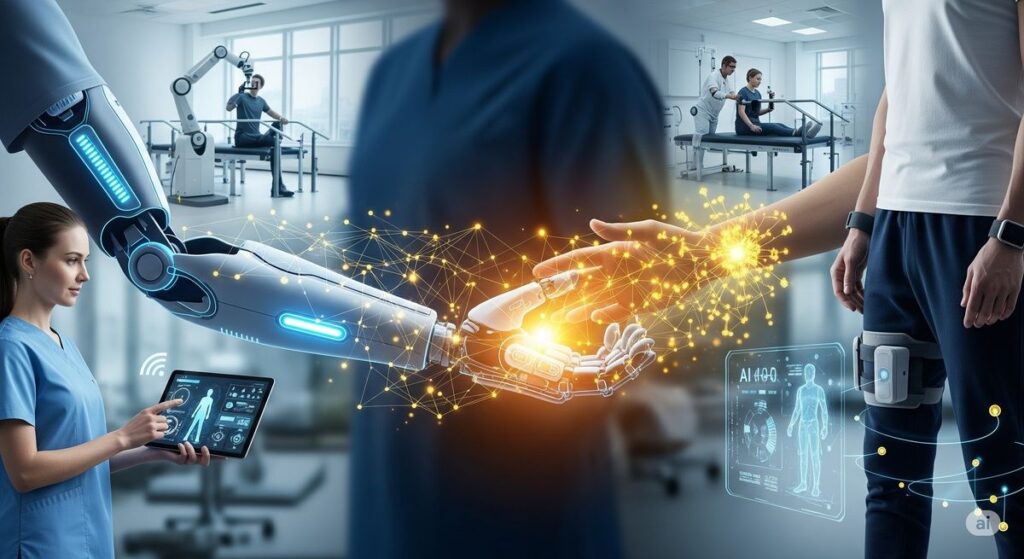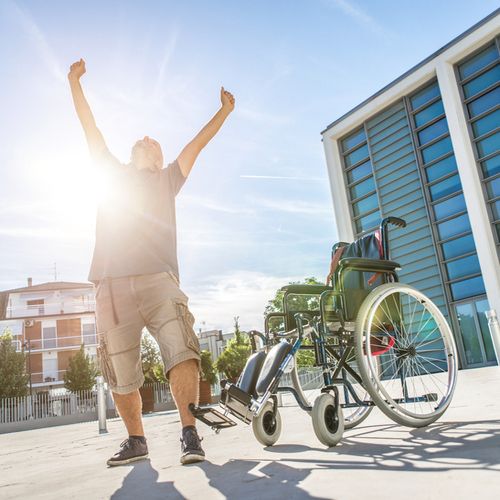The world of healthcare is in a constant state of evolution, with emerging technologies dramatically transforming how we diagnose and treat various conditions. Among these innovations, artificial intelligence (AI) has emerged as a powerful force with the potential to create seismic shifts across many medical disciplines, particularly in rehabilitation. Imagine having a smart therapist who not only accurately assesses your condition but also designs a treatment plan perfectly tailored to your individual needs, monitoring your progress in real-time. Well, this is no longer a futuristic fantasy—it’s quickly becoming a reality.
Rehabilitation is a critical process for restoring function and improving the quality of life for individuals recovering from injury, illness, or disability. Traditional rehabilitation programs often follow a one-size-fits-all approach and may not fully account for the unique needs of each patient. This is where AI steps in, offering highly personalized solutions that significantly boost the effectiveness of these programs. AI algorithms can analyze vast amounts of data—including a patient’s medical history, the nature of their injury, their progress, and feedback—to identify complex patterns that might be invisible to the human eye. Based on these analyses, AI can adjust exercise plans, intensity levels, and even the scheduling of therapy sessions to ensure maximum benefit for each individual.
The Key Advantages of AI in Personalized Rehabilitation
- Precise Program Customization: AI can continuously adapt exercise plans based on a patient’s fitness level, injury severity, and rate of progress. This leads to more effective treatment and a faster recovery time.
- Continuous Monitoring and Real-time Feedback: Using wearable sensors or computer vision systems, AI can track a patient’s progress 24/7, providing immediate and accurate feedback. This helps patients perform exercises with the correct form and prevents potential re-injury.
- Prediction and Prevention: By analyzing data from thousands of patients, AI algorithms can identify patterns that indicate a risk of relapse or re-injury. This capability allows therapists to implement preventative measures before a problem occurs.
- Increased Patient Engagement and Motivation: Through gamification techniques, AI can transform rehabilitation exercises into an engaging and motivating experience. Patients can stay more motivated by progressing through different levels or competing with their own past performance.
The Role of Telerehabilitation
One of the most important fields where AI plays a pivotal role is telerehabilitation. Telerehabilitation platforms, powered by AI, enable individuals to continue their treatment from the comfort of their homes under the supervision of specialists. Imagine avoiding exhausting trips to clinics by doing your rehabilitation exercises through a smart app. All the while, your progress is continuously evaluated by AI, and your treatment plan is updated accordingly. What more could you ask for? A cup of tea and a friendly robot to cheer you on? (The friendly robot is still in development, but the other features are already available!).
The TeleWeCure platform, as a pioneer in the field of telerehabilitation, leverages the latest advancements in AI to provide patients with access to high-quality, personalized rehabilitation services. We at TeleWeCure believe that the future of rehabilitation is rooted in smart, remote-based approaches, and we strive to help improve people’s quality of life by offering innovative solutions.
Challenges and Ethical Considerations
While AI holds immense potential, its implementation is not without challenges. Issues related to patient data privacy, the accuracy of algorithms, and the need for transparency in how AI systems make decisions are among the most important ethical considerations. It is also crucial to remember that AI is not meant to replace the human therapist but rather to serve as a powerful tool to enhance their efficiency and precision. The human touch, empathy, and clinical judgment of a professional are elements that no algorithm can replace. The future of rehabilitation lies in a smart collaboration between humans and machines.
The Bright Future of AI in Rehabilitation
The future that AI is shaping for rehabilitation is exceptionally bright and promising. In the near future, we can expect to see:
- Smart Wearable Robotics: AI-powered robotic exoskeletons will help patients regain lost movements.
- Virtual and Augmented Reality: AI can create personalized virtual reality environments where patients can engage in immersive and interactive exercises.
- Early Diagnosis: Advanced algorithms will be able to analyze biomechanical data to identify mobility issues before they escalate into serious injuries.
In summary, AI is becoming a key player in the rehabilitation team. It helps specialists work with greater precision and speed, and it empowers patients to take a personalized and engaging path toward recovery. Platforms like TeleWeCure serve as the bridge between these innovative technologies and patient needs, ensuring everyone can benefit from this therapeutic revolution.





